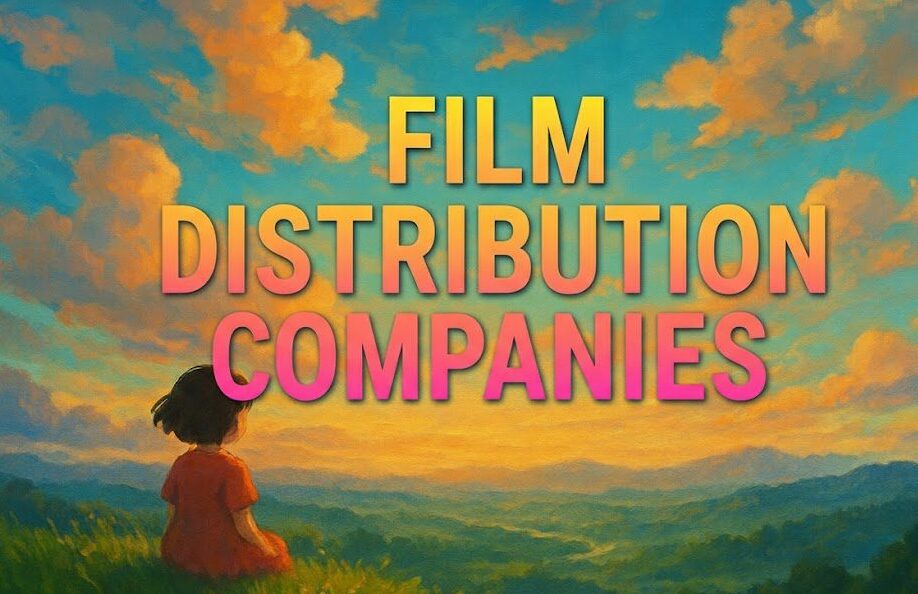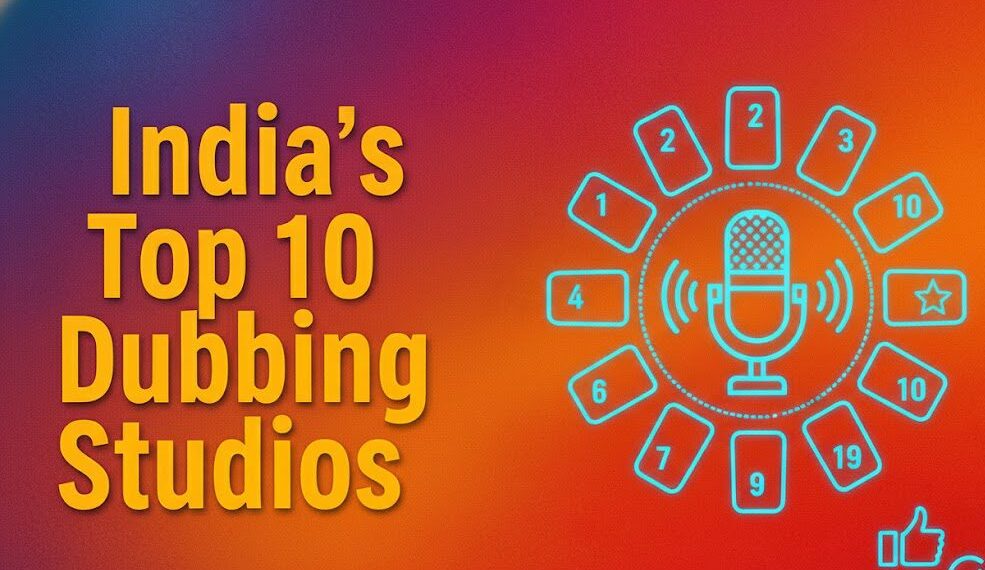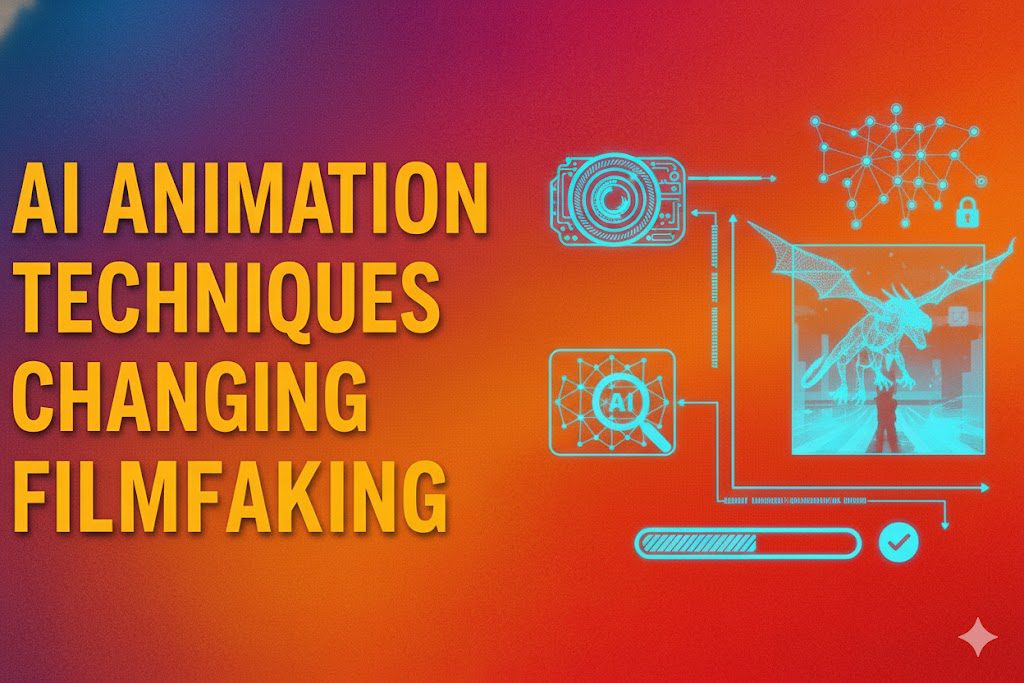Introduction
You’ve poured your heart, soul, and a significant budget into producing incredible content.
The story is compelling, the production value is top-notch, and you know there’s an audience for it.
But there’s one giant hurdle left: getting it in front of them. If you’re struggling to find content distributors who are the right fit for your project, you’re not alone. It’s one of the biggest challenges producers and studio heads face.
The old way of doing things—endless networking, expensive trips to markets, and sending cold emails into the void—is broken.
It’s slow, inefficient, and often relies more on luck than strategy. In this post, I’m going to walk you through a modern, data-driven approach to find the perfect distribution partners for your film or TV series, no matter the genre or region.
Key Takeaways
| Key Takeaway | Actionable Tip |
|---|---|
| Define Your Strategy First | Before searching, create a detailed profile of your ideal distributor, including genre focus, territory, and platform expertise (theatrical, VOD, etc.). |
| Leverage Data, Not Just Connections | Use modern platforms to analyze a distributor’s past performance and acquisition history. Don’t rely solely on reputation. |
| Master Regional Targeting | Different markets have unique needs. Focus on distributors with a proven track record in your target regions to maximize revenue. |
| Prepare a Flawless Pitch | Your pitch package must be professional and concise, including a trailer, synopsis, key art, and data on your target audience. |
Ready to get your content seen worldwide?

Step 1: Stop Guessing and Start Strategizing
Want to know the biggest mistake I see producers make?
They start looking for distributors without a clear strategy. They blast their project to every company they can find, hoping something sticks. This is a recipe for failure.
You need to know exactly what you’re looking for before you start. Think of it like casting an actor for a role. You wouldn’t just hire anyone, right? You’d define the character first. Do the same for your distributor.
Create Your Ideal Distributor Profile
- Genre Specialization: Are you pitching a horror film? Don’t waste time with distributors who only handle romantic comedies. Find a partner who lives and breathes your genre.
- Territorial Reach: Do you need a partner for North America, or are you looking for someone with strong ties in the Asian or European markets? Be specific.
- Distribution Channels: Are you aiming for a theatrical release, a major streaming platform, or a broadcast television deal? Your ideal partner must have proven success in that specific channel.
Answering these questions first will save you dozens of wasted hours and put you on the fast track to finding the right match.
Step 2: Use Data to Build Your Hit List
In the past, finding distributors meant relying on outdated directories or word-of-mouth at film markets. Today, that’s like navigating with a paper map instead of a GPS. You need data.
The game-changer is using platforms that track the global entertainment supply chain. Instead of just seeing a company’s name, you can see what they’ve actually bought, who they’ve worked with, and what kind of content they are actively seeking. This is how you move from a hopeful guess to a strategic decision.
What to Look For:
- Acquisition History: Look for distributors who have recently acquired content similar to yours in budget, genre, and tone.
- Performance Data: How did their previous releases perform? A partner with a string of successful launches is a much better bet.
- Key Contacts: Forget sending your pitch to a generic “info@” email address. You need to find the right acquisitions executive who champions projects like yours.
This data-driven approach is exactly what we designed at Vitrina’s solution to provide. It cuts through the noise and gives you a curated list of high-potential partners.
Step 3: Master the Art of Regional Targeting
A blockbuster in the US might not connect with audiences in Japan. A hit in South Korea might need a different marketing angle in Brazil.
Content is global, but distribution is local. To truly succeed, you need to find content distributors who understand the nuances of specific regions.
Don’t just look for a single, massive global deal. Sometimes, the most profitable strategy is to partner with multiple regional experts who can give your content the specialized attention it deserves.
| Region | What to Consider |
|---|---|
| North America | Highly competitive. Focus on distributors with strong ties to major VOD platforms and theatrical exhibitors. |
| Europe | Fragmented market. A country-by-country or pan-European approach might be needed. Look for partners with experience in local regulations and languages. |
| Asia-Pacific (APAC) | Rapidly growing streaming market. Local content is king, so partners must understand cultural tastes. |
| Latin America (LATAM) | Strong demand for drama and family content. Mobile-first consumption is key. |
Tracking projects and deals across these territories is complex. Using a service that offers a global project tracker can reveal which distributors are making moves in the regions you care about most.
Want to make smarter distribution deals?

Step 4: Prepare Your Pitch Package Like a Pro
You could find the perfect distributor, but if your pitch is unprofessional, you’ll be rejected in minutes. Acquisitions executives are incredibly busy. You need to make it easy for them to say “yes.”
Your pitch package is your project’s resume. It must be flawless.
Your Essential Pitch Checklist:
-
- A Killer Trailer: 90 seconds to 2 minutes max. It should sell the tone, story, and production value.
- Compelling Key Art: A professional poster that communicates the genre and hooks the viewer.
– A One-Page Synopsis: A clear, concise summary of the plot. Don’t give everything away, but make them want to see more.
- Key Cast and Crew Bios: Highlight any notable names or past successes.
- Target Audience Data: Show that you know who your film is for. This proves you’ve thought about the business, not just the art.
Step 5: Engage and Negotiate with Confidence
With your strategy set, your data-backed list of distributors ready, and your pitch package polished, it’s time for outreach. But remember, this is about building a partnership, not just making a sale.
Personalize your approach. In your email, mention a specific film they distributed that you admired. Explain exactly why your project is a perfect fit for their slate. This shows you’ve done your homework.
When you get to the negotiation table, be prepared. Know your numbers. Understand the distribution rights you’re willing to offer (theatrical, VOD, TV, etc.) and for which territories. Having a clear vision for your project’s lifecycle will give you the confidence to secure the best possible deal.
How Vitrina Streamlines Your Search
Feeling overwhelmed? This is precisely the problem Vitrina was built to solve.
Instead of spending months manually researching and networking, our platform gives you instant access to a global database of over 60,000 companies, including distributors, buyers, and sales agents.
You can filter by territory, genre, and content type to find your ideal partners in minutes, not months. We provide the data and connections so you can focus on what you do best: creating amazing content.
Conclusion
Finding the right content distributor is no longer a black box. By shifting from a “hope and pray” approach to a data-driven strategy, you can take control of the process. It all comes down to this: define your ideal partner, use data to build a targeted list, tailor your pitch for specific regions, and engage with confidence.
This systematic approach will not only increase your chances of securing a deal but will ensure you find a partner who truly believes in your project and has the power to get it seen by the widest possible audience.
What’s the first strategy you’re going to try? Let me know in the comments.
Ready to stop searching and start connecting? Take the guesswork out of distribution. Sign up for Vitrina today and get direct access to the world’s leading content distributors, all in one place. Your next partnership is just a click away.Get Started with Vitrina Now!
Frequently Asked Questions
A sales agent acts as your representative to find and negotiate deals with multiple distributors across different territories. A distributor acquires the rights to release your content in a specific territory and on specific platforms. You might hire a sales agent to find you several distributors.
You don’t pay a distributor upfront. They take a percentage of the revenue your content generates (a distribution fee), which can range from 20% to 40%. They also deduct their marketing and distribution expenses before paying you your share.
Film markets can be valuable for networking, but they are expensive and inefficient for discovery. It’s better to use them for building relationships after you’ve already used a data platform to identify your top targets. Go with a plan, not just a hope.
Finding distributors for short films is challenging. The best path is often through aggregators that bundle shorts for VOD platforms or by targeting niche, genre-specific streaming services that actively seek short-form content.





































